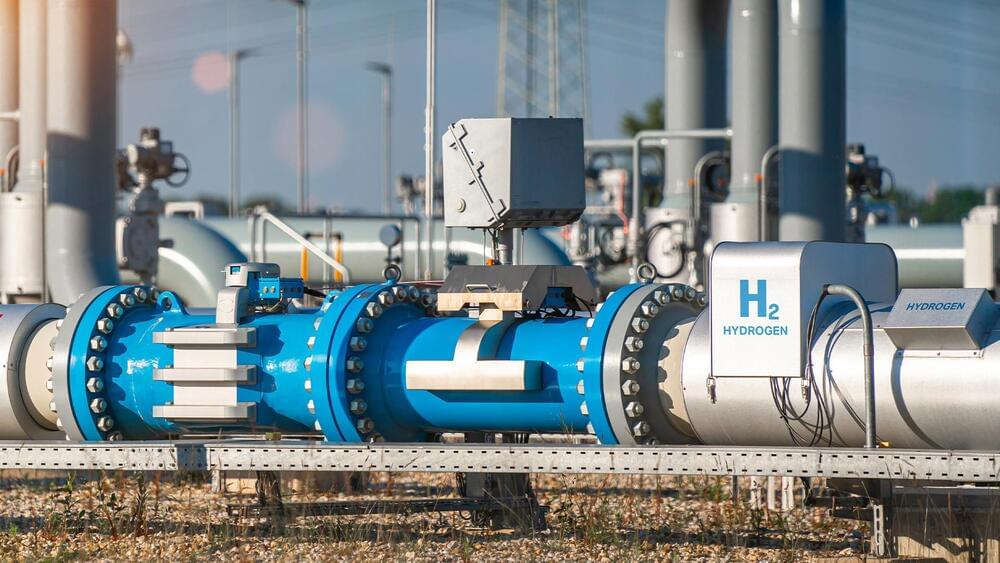A new way of storing renewable energy is providing clean heat through the long Nordic nights.



Other proteins work as well meaning the process can be scaled without interfering with food supplies.
Researchers at Princeton Engineering have found that egg whites can be used to cheaply remove salt and microplastics from seawater, according to a press release by the institution published on Thursday.
The scientists used the food substance to create an aerogel, a lightweight and porous material that can be used in many types of applications, including water filtration, energy storage, and sound and thermal insulation.
Princeton scientists discovered that egg whites can create a filtration process that requires only gravity to operate and wastes no water. They are now looking for other uses for the substance.
The fundamental laws of friction remain a mystery to this day.
Researchers at the NYU Tandon School of Engineering have discovered a fundamental friction law that is leading to the design of two-dimensional materials capable of minimizing energy loss, according to a press release from the institution published on Thursday.
Friction lies behind the invention and development of many of today’s most advanced technologies, however, its fundamental laws remain obscure to this day despite many developments in the field.
NYU Tandon School of Engineering professor of Chemical and Biomolecular Engineering Elisa Riedo and postdoctoral researcher Martin Rejhon have found evidence of a new law of friction.


The method requires only visible light and no external heating.
Hydrogen sulfide, infamous for its aroma of rotten eggs, is known to be highly poisonous and corrosive — especially in wastewater applications. Petrochemical plants and other industries make thousands of tons of this gas every year as a byproduct of various processes that separate sulfur from petroleum, natural gas, coal, and other products.
Now, Rice University engineers and scientists have devised a new way for such petrochemical industries to turn the noxious gas into “high-demand” hydrogen gas.
Audioundwerbung/iStock.
Rice engineer, physicist, and chemist Naomi Halas and the team have created a method that derives energy from light and employs gold nanoparticles to convert hydrogen sulfide and sulfur in one step.


Punjab entrepreneur Simarpreet’s startup Hartek Solar is helping people adopt clean energy solutions more easily with customisable ‘plug-and-play’ solar kits. Watch this video to see how.
Sounds Interesting? Share it now!
FOR as long as internal combustion has ruled the roads, vehicles have been fitted with just three basic types of engine: four-stroke, two-stroke, and rotary.
Each differs from the next with regard to its power density and fuel economy, but the general premise of each is very similar. Air and fuel go in, get ignited, and push the piston (or rotor) which in turn rotates the crankshaft creating motion.
It’s a simple enough process, and through well over 100 years of fettling and refining, petrol engines have become ever more potent, economical, and advanced.